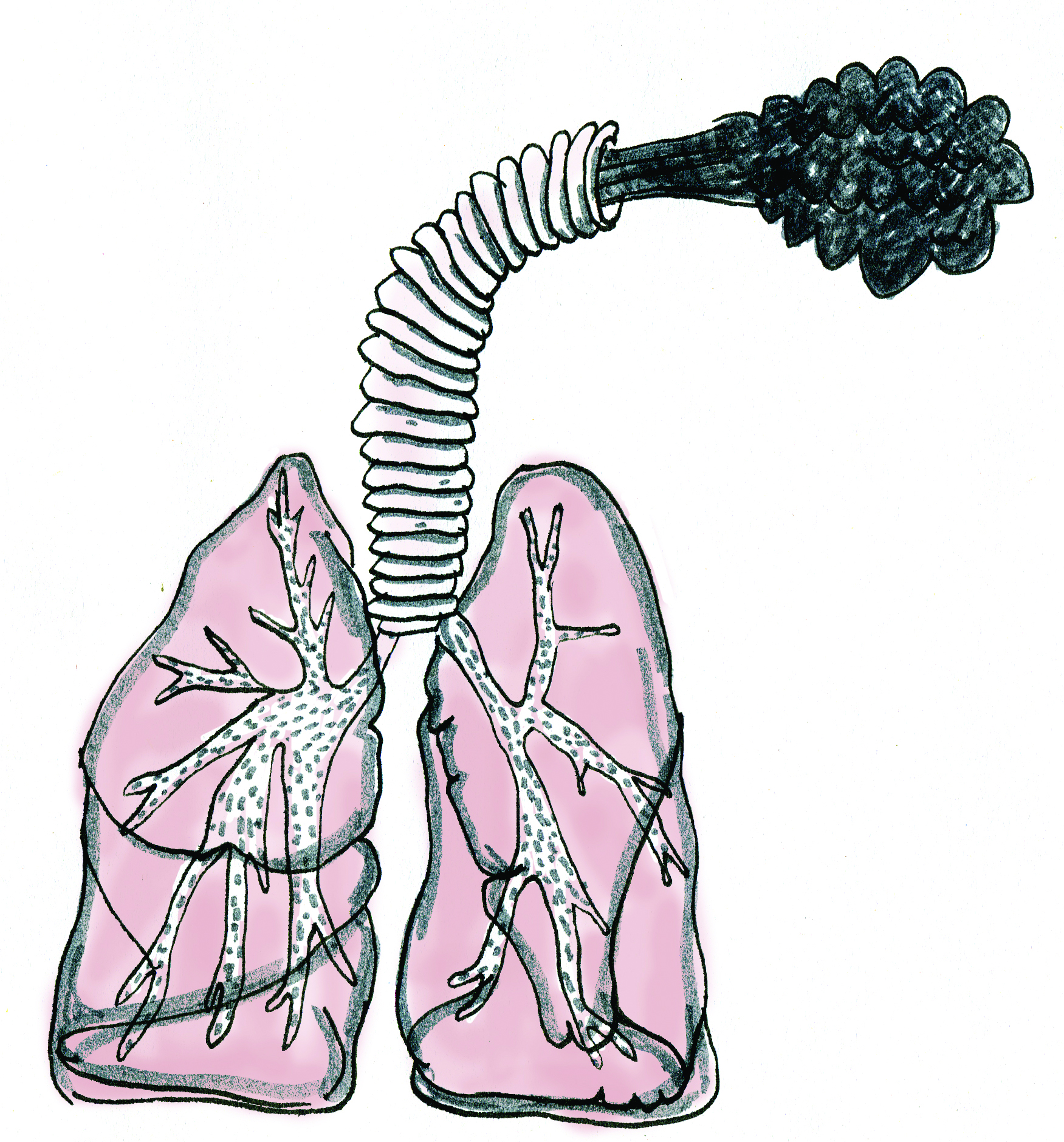An American study on lung cancer in miners exposed to diesel fumes has finally published two reports, after years in court. The reports show a significantly increased risk of lung cancer in miners with high exposure to diesel exhaust, which could cause regulators to reclassify diesel fumes as a carcinogen.
The Diesel Exhaust in Miners Study (DEMS), which followed 12,315 workers at eight mining facilities throughout the United States, began planning in 1992. An industry coalition has denounced the study as scientifically flawed and took the United States government to court over it in the 1990s, arguing that the industry should have more participation in oversight of DEMS. The case has continually been in court since.
In 2000, the U.S. government department that oversees the study filed a report with the wrong House Committee, which led to another lawsuit by the coalition. The judge ruled in favour of the coalition, ordering DEMS to turn over all their data to the mining industry groups and the House Committee on Education and Workforce. This effectively prevented DEMS from publishing any results.
The ruling was appealed, and in 2001 much of it was overturned. The DEMS study regained the right to publish, but with the restriction that all data and drafts must be reviewed by the mining industry coalition and the House Committee 90 days before publication.
Another legal battle began in 2010 when the Annals of Occupational Hygiene, a U.K.-based journal, published manuscripts detailing the DEMS experimental methods. The industry coalition alleged that the DEMS scientists had not turned over all their data and drafts for review. The case was ruled in the industry’s favour again, but the appeal is still in court.
At the end of 2011, DEMS submitted for review two drafts that they intended to publish in the Journal of the National Cancer Institute. They received no response from the industry groups, but in mid-Feb, four scientific journals say they received letters from a lobbyist for the Mining Awareness Resource Group, which advocates for the mining industry.
They warned the journals to “carefully consider any intent to publish these papers, as well as the impact and consequences of any such publication.” This surprised one of the journals, Occupational and Environmental Medicine, which has never had any DEMS paper under consideration. Dana Loomis, editor of OEM, called the letter “vague but threatening” and said that he didn’t think the court decision would even apply to his journal, which is based in the U.K.
On March 2, the 90-day review period expired and JNCI published the papers immediately.
The study controlled for other cancer risk factors such as smoking. Only non-metal mines were used to avoid confounding from carcinogens such as asbestos, radon, and silica, which are mostly found in metal mines.
One of the papers found that the risk of cancer for workers in the highest exposure category is five times that of workers in the lowest exposure category. Risk for lung cancer dropped off slightly among smokers with the highest exposure. Scientists speculate that this is because smokers are more likely to clear the exhaust from their lungs by coughing.
The U.S. National Institute for Occupational Safety and Health, one of the organizations running the study, classifies diesel exhaust as a “potential human carcinogen.” In light of this new data, that could change. Two other organizations, the International Agency for Research on Cancer and the U.S. National Toxicology Program are planning to review their classifications of diesel exhaust.
Debra Silverman, the lead author of one of the papers and the only original scientist still working on DEMS, said, “In my career, I never encountered anything like this case . . . It’s maybe record-setting, I’m not sure.”
Still, she said, the study was “so important to the public health that it was worth enduring the challenges
illustration by devon kerslake





